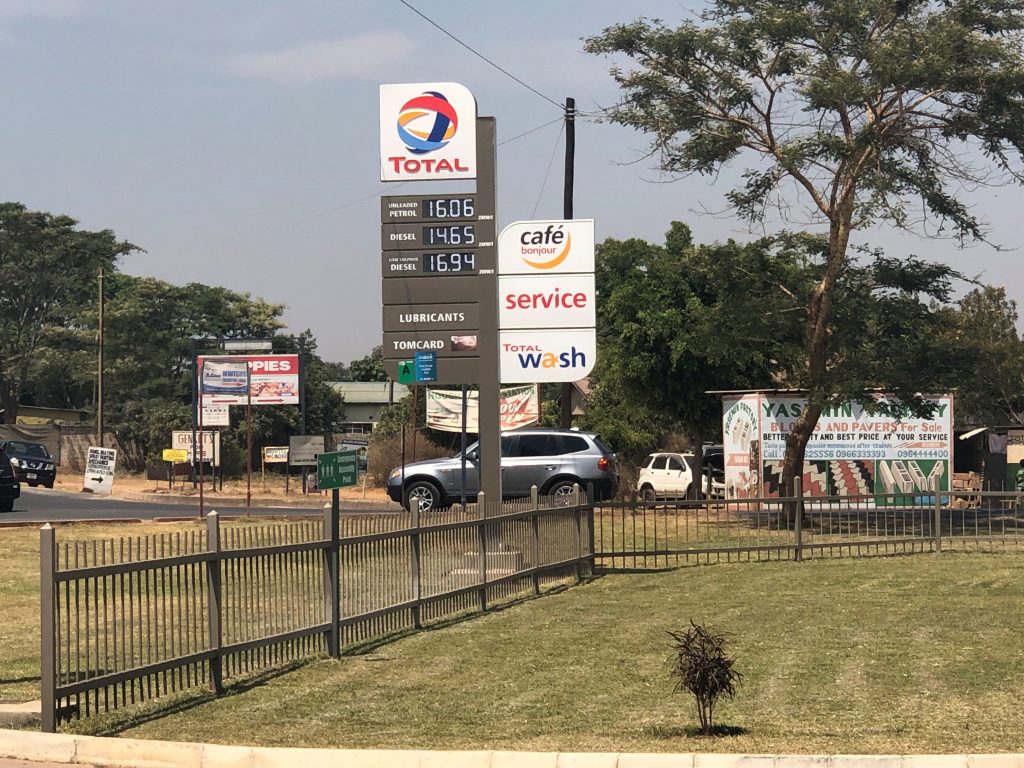As per tradition motorists in Africa’s red metal hotspot will queue up on 23 September, to fill up their tanks because effective midnight, the pump price of petrol and diesel will hike. The Energy Regulation Board sneaked in a memo as usual immediately after completing a price review that decided to adjust pump prices higher.
Zambia currently grapples with energy poverty that has led to increased load management and rolling blackouts for a minimum of 8 hours with some parts experiencing half a day of outages.
Barely a week ago Energy Minister in Africa’s second largest copper producer hinted a 75% electricity tariff hike to aid the power utility finance importation of 300MW to plug a portion of the 700MW deficit the nation grapples with, the Energy Regulation Board – ERB has just hiked pump prices of fuel by between 4.88%-12.90% effective midnight of 23 September.
The ERB cited the recent geopolitical tensions in the Middle East that caused volatility in the crude markets that have seen crude rally 8.21% on average YTD in light of a 10.31% Kwacha slide to K13.15 for a unit of dollar.
With inflation of 9.3% for August, consumer price index is forecast to balloon higher in the near term as cost push effects widen significantly. Historically September has been a spring board for inflation climbs with 2015 being a reference point as inflation doubled to 14.3% from 7.4% given similar pressures.
Fuel or electricity? A chicken – egg scenario
With close to half a day in outages, it’s very hard to draw a line in the sand as which is the more important source of energy between fuel and electricity because Zambians now arguably use more fuel to run power backups for long hours than they use the grid directly which is characterized by outages. The upward adjustment in fuel prices further elevates the operating cost environment for manufacturing and mining which has been one of the key drivers in weighing private sector pulse for the last 11 months that Zambia has been in the doldrums as revealed by the Purchasing Managers Index (PMI) printing below 50 as business confidence wanes.
Why inflation is a bigger evil
Inflation is a key determinant for monetary policy as most sterilization measures the central bank takes are targeted at taming the general pace at which prices rise. The Bank of Zambia in its rate decision communiques for the last two MPCs have intimated that inflation will be elevated for the next 2 years given the rising risks to growth and cost push effects posed by currency weakness and energy bottlenecks. A fast rising inflation brings the central banks monetary policy stance in check and could result in a benchmark interest rate hike from the current 10.25%. It must also be borne in mind that nothing stops the central bank from calling an emergency MPC should there be need to tame spiraling rise in prices. Asides cost push inflation, we surely cannot rule out speculation which is an opportunistic window for price increase justification by most sellers even when not backed by fundamentals.
How long before the yield curve climbs?
The current shape of the Kwacha demand curve reflects elevated yields between 16.5% (3m) and 32.5% (5yr) versus an inflation of 9.3%. However with the energy hat-trick pressure transmitting into the value chains, the positive premiums above inflation for those investing in government securities will narrow depending on how far both CPI can point. December 2015 inflation in the Kariba energy crisis era rallied to 22.3% pushing the yield curve underwater which resulted in an interest rate correction in the last bond auction of the year. Pressure for yields to ebb higher is only to the extent that inflation drowns treasury bill and bond yields.
Written by the Kwacha Arbitrageur

